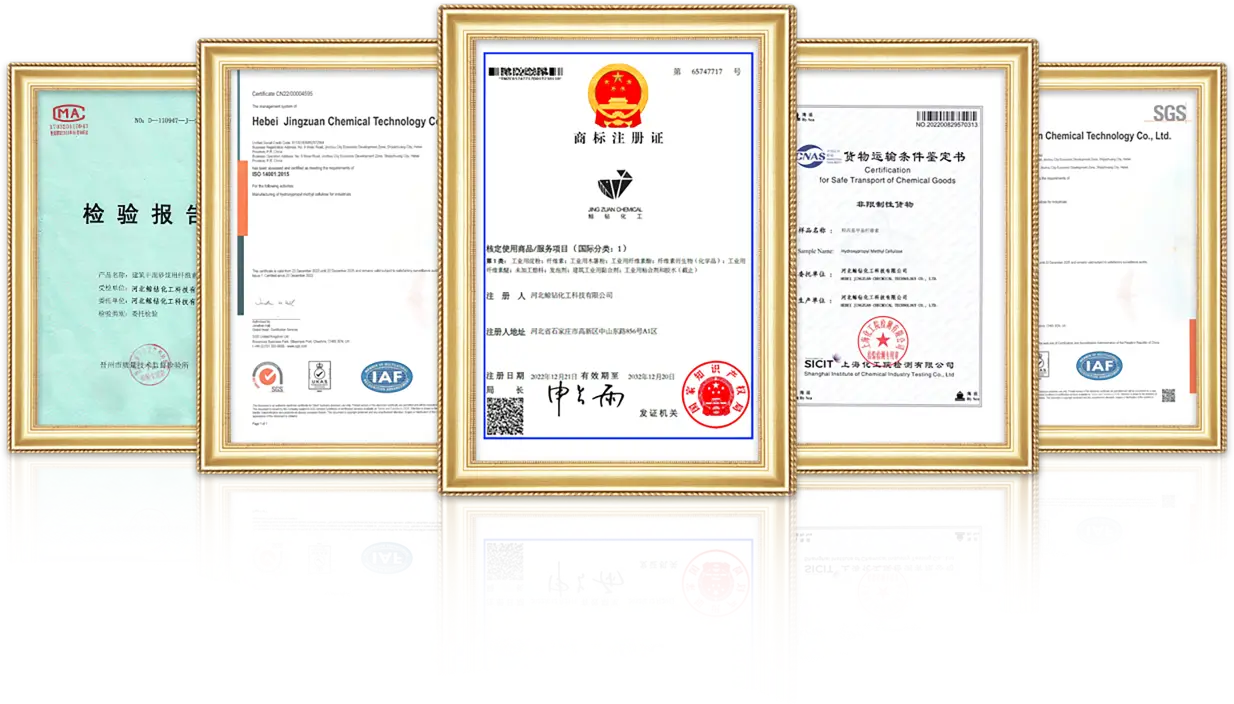
Jul . 30, 2024 00:14 Back to list
Exploring the Properties and Applications of HEC Cellulose in Modern Industries and Research Fields
HEC Cellulose An Overview and Its Applications
Hydroxyethyl cellulose (HEC) is a non-ionic, water-soluble polymer derived from the natural polymer cellulose. It is produced by the etherification of cellulose, which involves the substitution of hydroxyl groups in cellulose with hydroxyethyl groups. This modification enhances the solubility of cellulose in cold water, making HEC a versatile and valuable compound in various industries. This article explores the characteristics, production process, and applications of HEC cellulose.
Characteristics of HEC Cellulose
HEC cellulose exhibits a number of unique properties that make it a preferred choice for numerous applications. One of its most significant characteristics is its high viscosity, which can be adjusted by varying the concentration of HEC in solution. This makes it ideal for use as a thickening agent in various formulations. HEC is also resistant to biodegradation, UV light, and heat, allowing it to maintain its stability in different environmental conditions.
Moreover, HEC is known for its excellent film-forming ability, emulsification properties, and compatibility with other substances. It is odorless, tasteless, and generally considered non-toxic, making it suitable for use in products that require direct contact with skin, such as cosmetics and pharmaceuticals. Due to its amphiphilic nature, HEC can interact with both hydrophilic and hydrophobic compounds, expanding its utility across different domains.
Production of HEC Cellulose
The production of HEC cellulose involves the reaction of cellulose with ethylene oxide under alkaline conditions. The process begins with the preparation of cellulose, which can be derived from various natural sources, such as wood, cotton, or other plant materials. The cellulose is then treated with a chemical catalyst and ethylene oxide, resulting in the formation of hydroxyethyl groups.
The degree of substitution (DS) of HEC, which indicates how many hydroxyl groups have been replaced by hydroxyethyl groups, can be controlled during production to tailor the properties of the final product. Higher DS values generally lead to increased solubility and viscosity. After the reaction, the HEC is purified and dried to produce a fine white powder that is easily reconstituted in water.
hec cellulose

Applications of HEC Cellulose
HEC cellulose has found widespread use across various fields, primarily due to its thickening and stabilizing properties. In the construction industry, it is utilized as an additive in cement and mortar to enhance workability, water retention, and adhesion. HEC is also used in adhesives, paints, and coatings to improve viscosity and ensure an even application.
In the cosmetics and personal care industry, HEC is incorporated into products such as shampoos, lotions, and creams, where it serves as a thickener and stabilizer. Its ability to form films also makes it valuable in hair styling products and sunscreens, providing a protective barrier while ensuring a smooth texture.
Furthermore, in the pharmaceutical sector, HEC is used in drug formulations, providing enhanced viscosity and stability. It is utilized in tablets and capsules as a binder and in topical formulations due to its skin-friendly properties.
HEC cellulose is also gaining attention in the food industry, where it is used as a thickening agent and stabilizer in sauces, dressings, and ice creams. Its non-toxic nature and ability to improve texture make it an attractive ingredient for food manufacturers.
Conclusion
In summary, hydroxyethyl cellulose is a remarkable derivative of cellulose with a wide range of applications across different industries. Its unique properties, including high viscosity, good solubility, and film-forming ability, make it an invaluable ingredient in products ranging from construction materials to cosmetics and pharmaceuticals. As industries continue to seek environmentally friendly and efficient materials, the relevance and application scope of HEC cellulose are expected to expand further, underscoring its importance in modern formulations.
-
Versatile Hpmc Uses in Different Industries
NewsJun.19,2025
-
Redispersible Powder's Role in Enhancing Durability of Construction Products
NewsJun.19,2025
-
Hydroxyethyl Cellulose Applications Driving Green Industrial Processes
NewsJun.19,2025
-
Exploring Different Redispersible Polymer Powder
NewsJun.19,2025
-
Choosing the Right Mortar Bonding Agent
NewsJun.19,2025
-
Applications and Significance of China Hpmc in Modern Industries
NewsJun.19,2025







